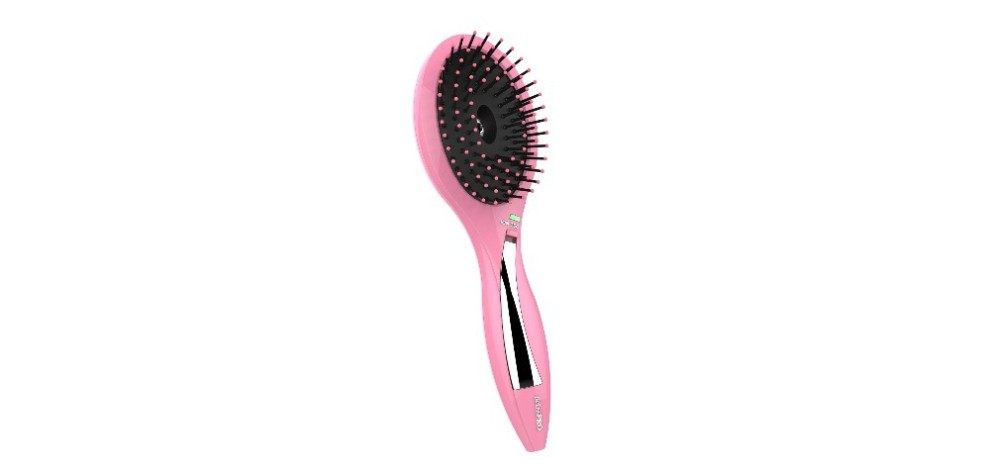To some, the term “ion tools” might sound like something out of the 22nd century – to others, it’s a fad item that’s been hanging around in shelves for the past decade and more. From ion blow driers to ion curling irons, ions are very much hot right now for hair.
But not many truly understand the concept of how it should function. For the sake of comparison, an ion blow drier isn’t so effective at applying the ionic concept on hair. Another tool, the ionic curling iron, simply becomes tedious and redundant when the whole point of the exercise is to get straight, non-frizzy hair quickly. Given these lackluster choices, the ion brush is a convenient, simple, extremely safe and practical tool to use when it comes to killing two birds with one stone.
In fact, according to the Daily Mail, it does actually work. You get to straighten your hair and eliminate the bulk of your unwanted frizzy strands early in the morning, all while combing and letting it flow smoothly and naturally. Let’s dig a little deeper into the science to try and understand a few key pointers behind why this product truly does work on any bad hairdo.
What Are Ions?
As per our old high school physics classes, the most basic definition of an ion is a charged atom or collection of atoms. They can be negatively charged, or positively charged. These charges are what make up the concept of electromagnetics, from magnetism to gravity. Those with opposite charges attract each other, due to the same forces that dictate that when one side of membrane holds more water than the other, they have to even each other out.
In more romantic terms, an ion is an atom missing a subatomic component – a proton or an electron – and so it drifts looking for atoms that have what it’s missing. According to Northwestern.edu, positive ions are those with more protons than electrons, while negative ions (or anions) are those with more electrons than protons. Now, however, comes the much more important question.
What Do They Have To Do with Hair?
Frizzy and brittle, broken strands tend to stand out and stick out because they’re positively charged, missing an important electron. Not always, but often. That’s why they seek out positively charged ions in the air and in static surfaces like balloons.
This is crucial to understanding why this product works. The atoms in these strands are essentially acting out and looking for opposite ones to complete themselves, and that’s where this tool jumps in.
Why Does It Work?
They work because they give the atoms in damaged hair what they want: those all-important subatomic particles that they’ve been looking for.
This is also why ionic hair driers don’t work very well. The ions that the drier expels are immediately dispersed into the air and match themselves with other ions before they reach the hair, whereas brushes and irons actually make it to the strands through physical contact. Physical contact is the key, and according to Gouldylox.com, it’s what makes the ionic brush sold by Fuller and other companies work so well.

